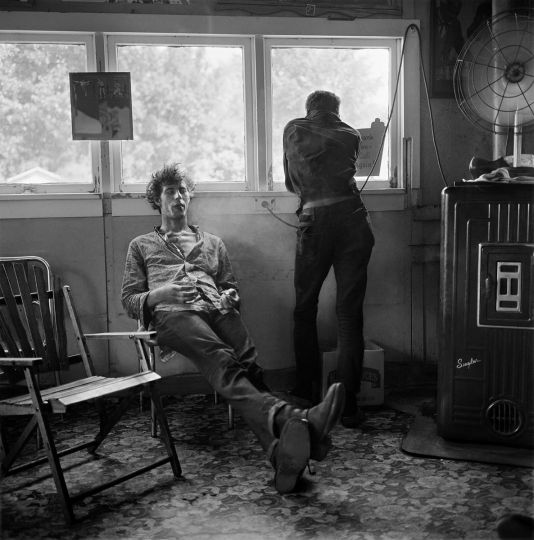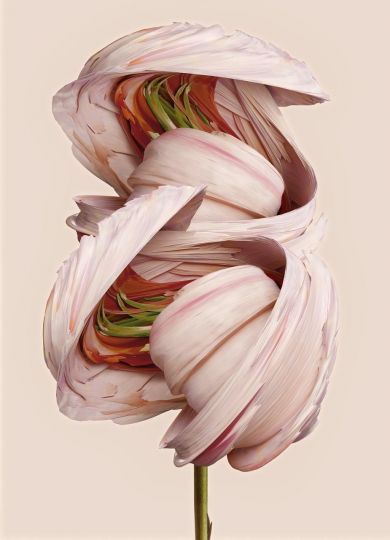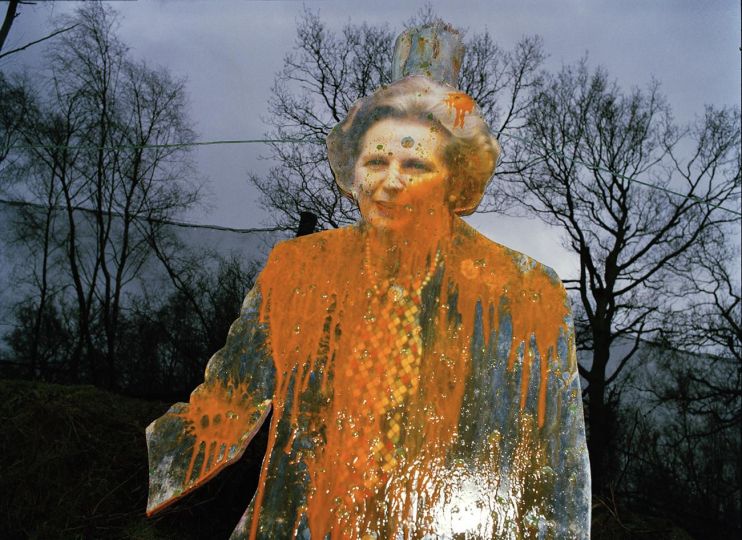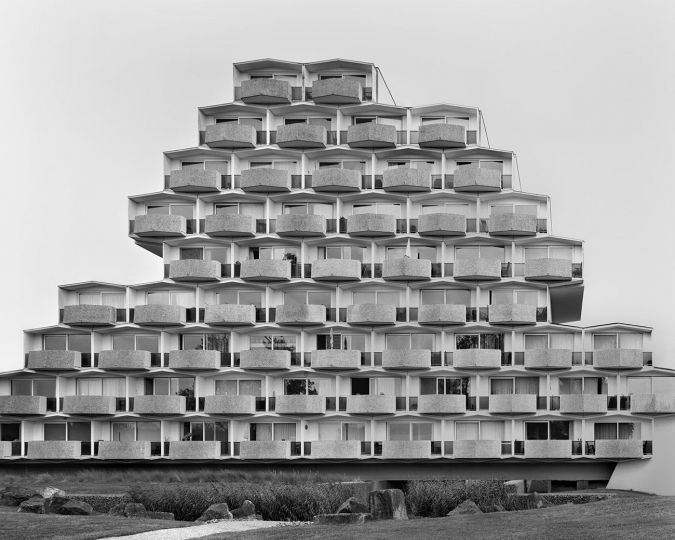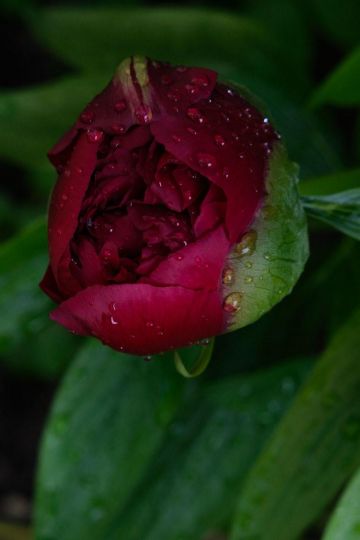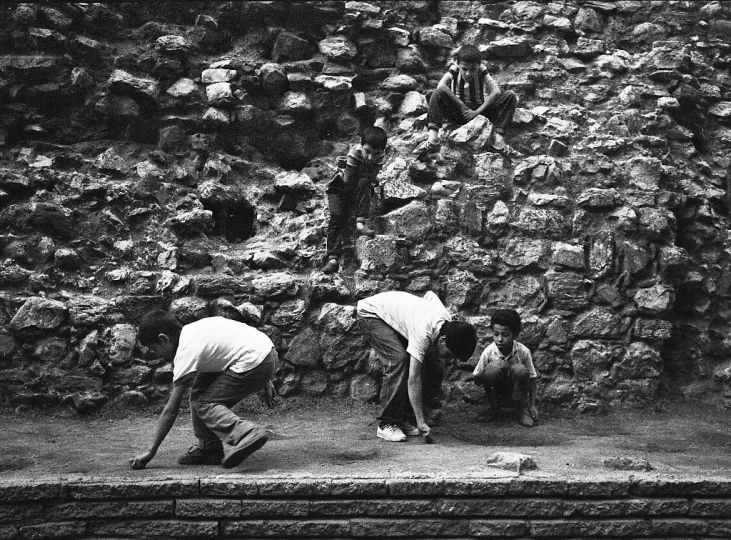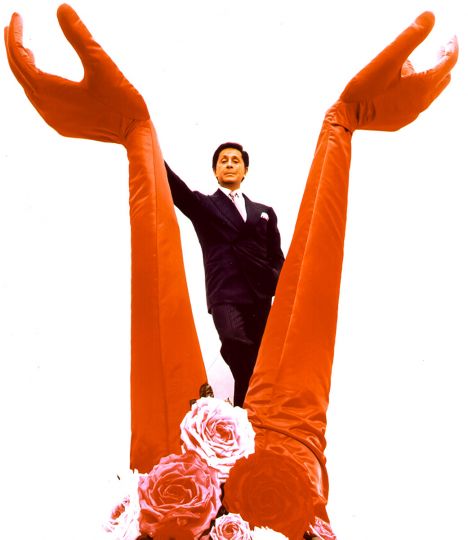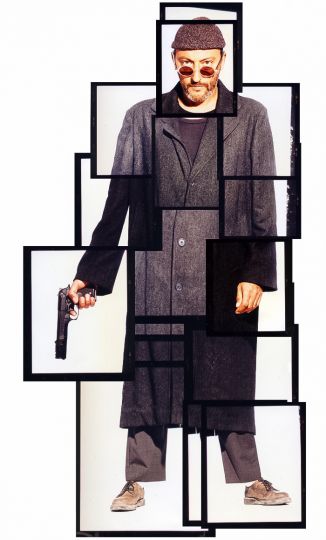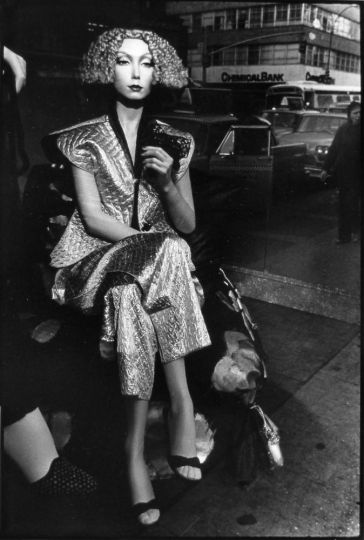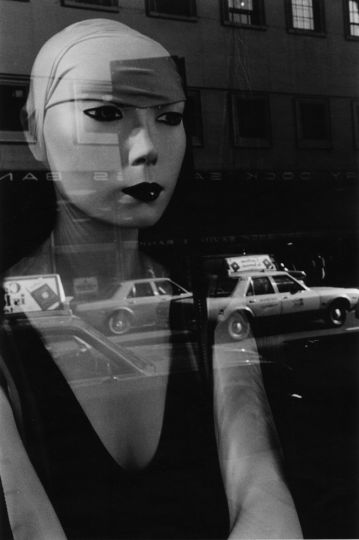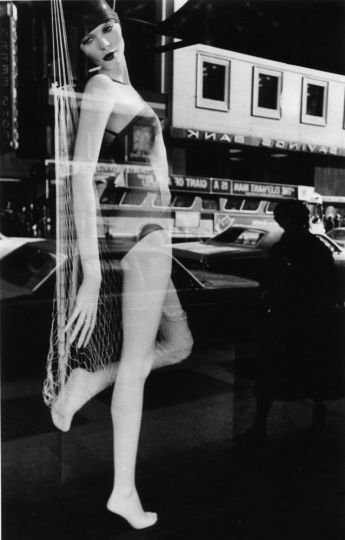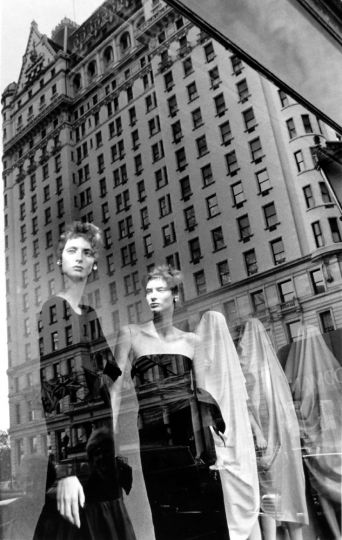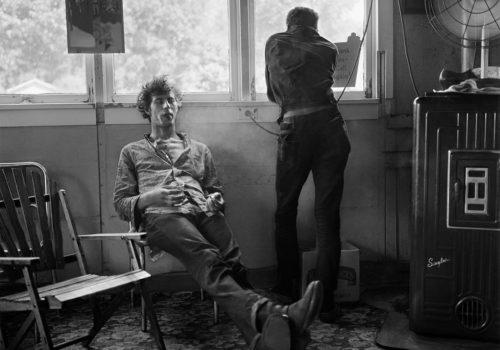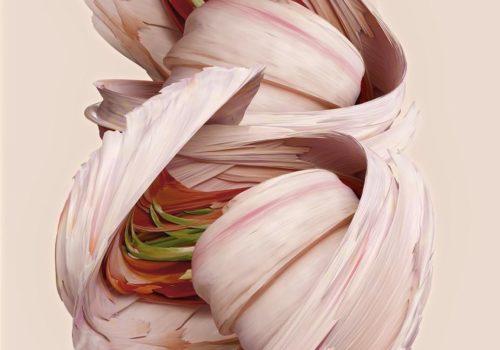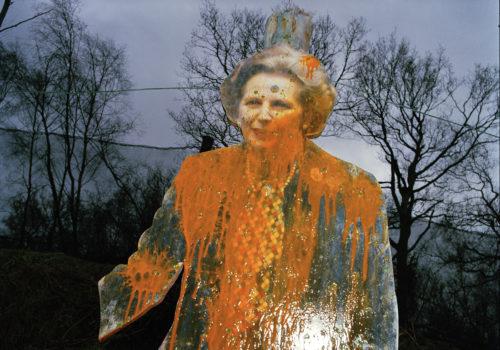The Getty Research Institute (GRI) announced two complementary acquisitions concerning the artist and photographer Man Ray (b. Emmanuel Radnitzky, American, 1890-1976). Adding to the GRI’s already significant Man Ray holdings, these two acquisitions, from different private sources, unearth unique and rarely studied material on the artist.
One comprises an archive of manuscripts, correspondence, publications, photographs, ephemera, and art Works concerning the artist and his wife, Juliet Man Ray, which were assembled by their longtime friends Michael and Elsa Combe-Martin. The agendas from 27 years of the artist’s career, covering 1923-40, 1951-58, and 1971, are the highlight of this collection. The illustrated agendas or calendar books that were kept by the expatriate artist during the 1920s and 1930s in Paris, when he was associated with the Dada and Surrealist groups, document his near-daily encounters and appointments with friends and colleagues such as Ernest Hemingway, Pablo Picasso, André Breton, and Lee Miller. Including professional appointments, tasks, details of shoots, and circumstances of printing, they offer a fascinating view of Man Ray’s prolific activities as a photographer as well as intriguing glimpses of his personal life.
“Nearly every day Man Ray met with interesting people, made observations about the world around him and created art,” said Marcia Reed, chief curator at the Getty Research Institute. “The personal diaries, ephemera, and photographs in these collections span four decades of his artistic life, creating an unrivaled opportunity to learn more about Man Ray and his circle.”
The agendas are joined by 51 vintage and modern photographic prints by Man Ray, dating from the 1920s to the 1970s, of prominent people including T.S. Eliot, James Joyce, Elsa Schiaparelli, Virginia Woolf, Paul Eluard, and Marcel Duchamp on his death bed, as well as photographs of Man Ray alone or with Juliet, and with artists such as Max Ernst and Pablo Picasso. The collection also includes objects made by Man Ray, such as a wooden cigar box with a drawing of a bird, given to the Combe-Martins on New Year’s 1969; a miniature portrait of a lady with a moustache added by Man Ray; and a brass seal of embossed lips. Disembodied lips appear as a motif in Man Ray’s paintings, and the agendas also include drawings of lips.
The second acquisition is a special-edition portfolio of photographs, La Traversée du Grand Verre, by the Italian photographer Gianfranco Baruchello (b. Rome, 1924). Created by Baruchello in 1995, the faux-bois and embossed leather portfolio designed by Jean-Luc Mercié holds eight black and white photographs of Man Ray’s close friend, artist Marcel Duchamp, inspecting his monumental work, The Bride Stripped Bare By Her Bachelors, Even (The Large Glass) at the Philadelphia Museum of Art in 1966. This portfolio is accompanied by a unique illustrated Pepys Westminster diary that Man Ray purchased in London in 1953 and used until 1959.
The diary includes handwritten comments in which the artist speculates on various aspects of the art world, with highly pertinent and revealing remarks about his great friend Duchamp. Baruchello’s portfolio holds an additional photograph of Duchamp dedicated to the collector Daniel Filipacchi.
Man Ray used the diary to jot down notes and thoughts, including many aphoristic texts that showcase his wit and his musings on life and art. For example, Man Ray wrote, “there are two reasons for disliking a work—first because it is not understood, second because it is understood.” He also once mused, “I shall always oppose the cauliflower with the artichoke. The cauliflower is like a brain. The artichoke is a green rose—with a heart.”
These acquisitions join a significant number of Man Ray’s letters, manuscripts, and other materials already in the GRI’s collection as well as more than 300 photographs, including rayographs and solarized prints, from the 1910s through the 1960s by Man Ray in the Getty Museum’s collection—one of the most significant collections of Man Ray’s photography outside France and a core element of the Getty’s first photography acquisitions.

